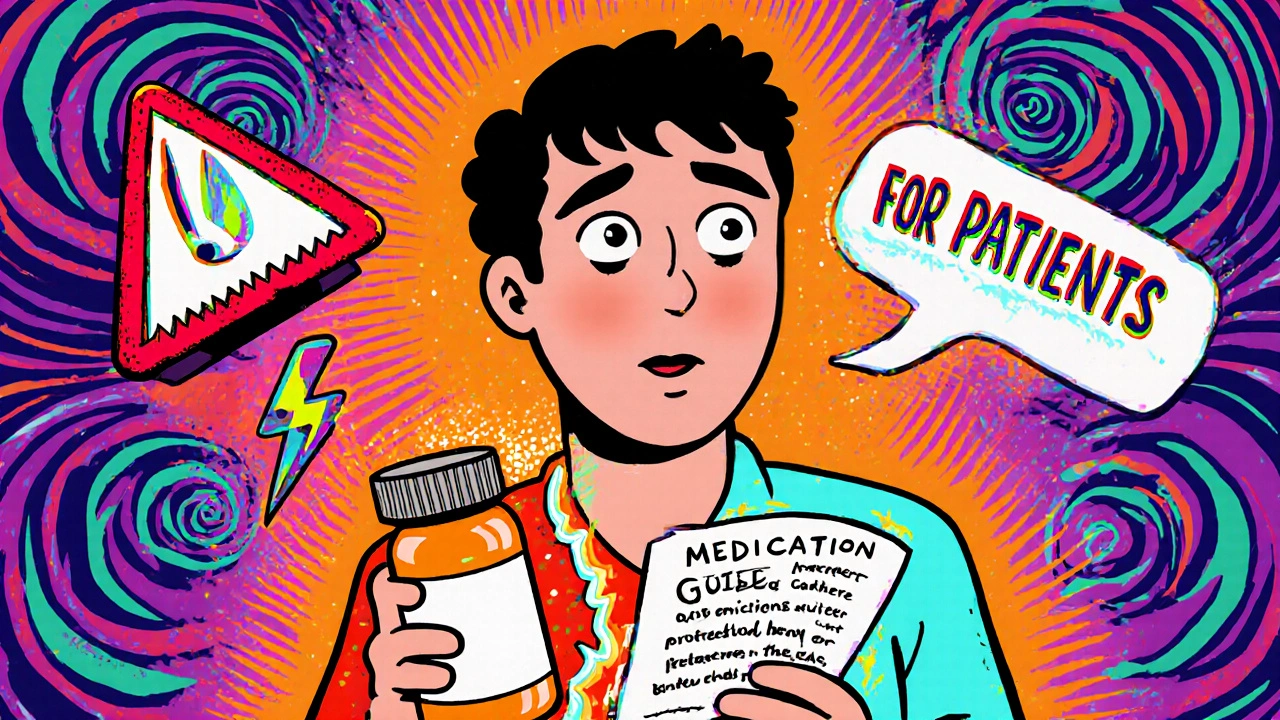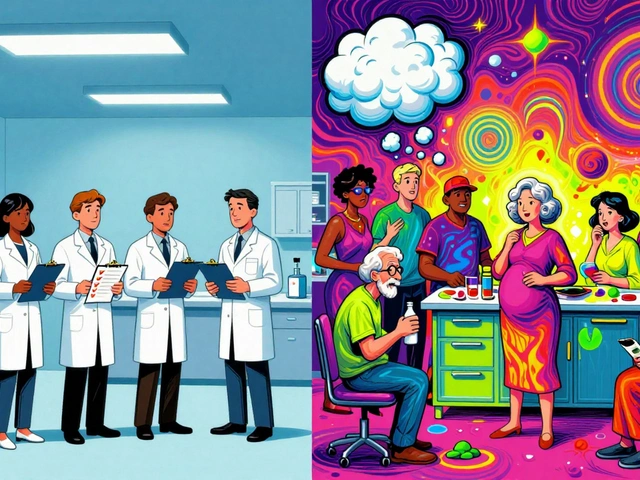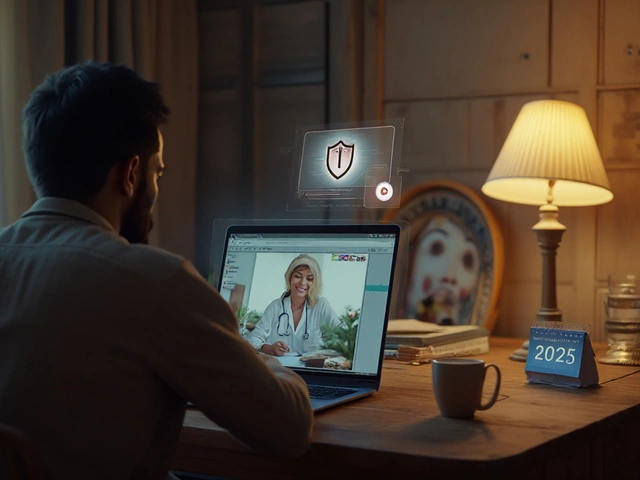Prescription Drug Safety: How to Avoid Risks and Stay Protected
When you take a prescription drug safety, the practices and systems that protect you from harm when using medications prescribed by a doctor. Also known as medication safety, it’s not just about taking the right pill—it’s about knowing who made it, how it’s stored, and what else it might react with. Every year, thousands of people end up in the ER not because they took too much, but because they didn’t know their meds could clash with something else—like a common herb, another drug, or even a food you eat daily.
One big risk? drug interactions, when two or more medications affect each other in dangerous ways. For example, clarithromycin can spike levels of blood pressure meds like amlodipine, causing your blood pressure to crash. Or St. John’s Wort making your birth control or antidepressant useless. These aren’t rare edge cases—they show up in real clinics, and they’re preventable if you know what to ask. Then there’s medication storage, how you keep your pills at home to avoid kids, pets, or mold ruining them. The FDA says most poisonings happen because meds are left out in the open, not locked up. And counterfeit drugs? They’re out there—sold as real online, sometimes with no active ingredient at all, or worse, toxic fillers.
That’s why knowing how to report side effects matters. The FDA MedWatch, the official system for tracking bad reactions to medications in the U.S. isn’t just for doctors. If you feel weird after starting a new pill, your report could help stop a dangerous pattern before it hurts someone else. And if you’re buying meds online? You need tools like VIPPS or PharmacyChecker to spot real pharmacies from fake ones.
Prescription drug safety isn’t about fear. It’s about control. It’s asking your pharmacist if your new antibiotic plays well with your heart med. It’s locking your pills in a cabinet instead of leaving them on the nightstand. It’s checking if that cheap online deal is legit before you click buy. And it’s knowing when to speak up—if something feels off, you’re not overreacting. You’re protecting yourself.
Below, you’ll find clear, no-fluff guides on exactly how to do this. From spotting fake pills to avoiding deadly combos, from storing meds the right way to reporting bad reactions—every post here is built from real cases, real data, and real people who got hurt because no one told them what to look for. You won’t find vague advice. Just what works.
How to Read FDA Safety Communications for Your Medications
Learn how to read FDA safety communications about your medications-spot urgent warnings, understand labeling changes, and know exactly what to do when a drug alert is issued. Stay informed without being overwhelmed.






